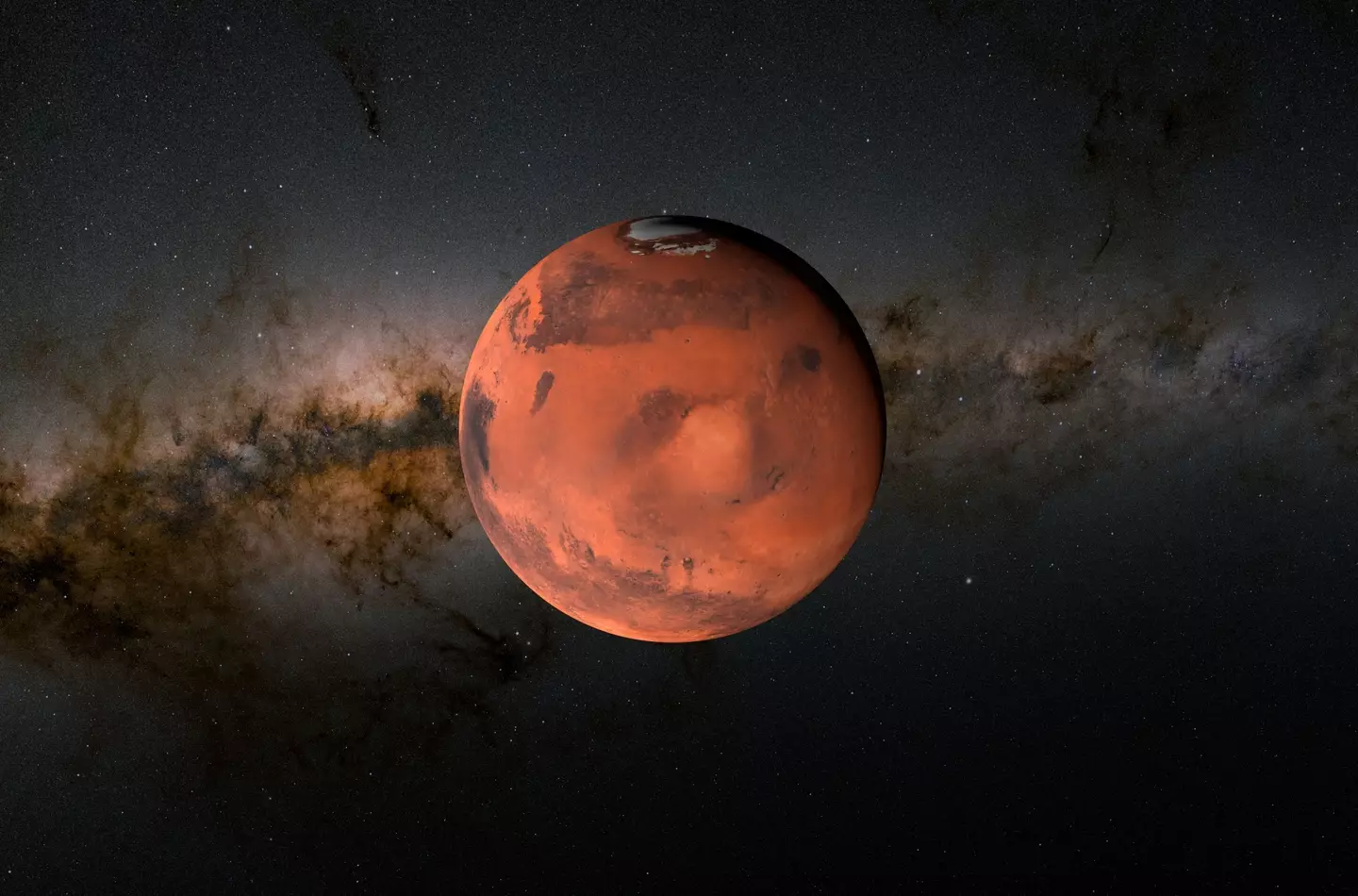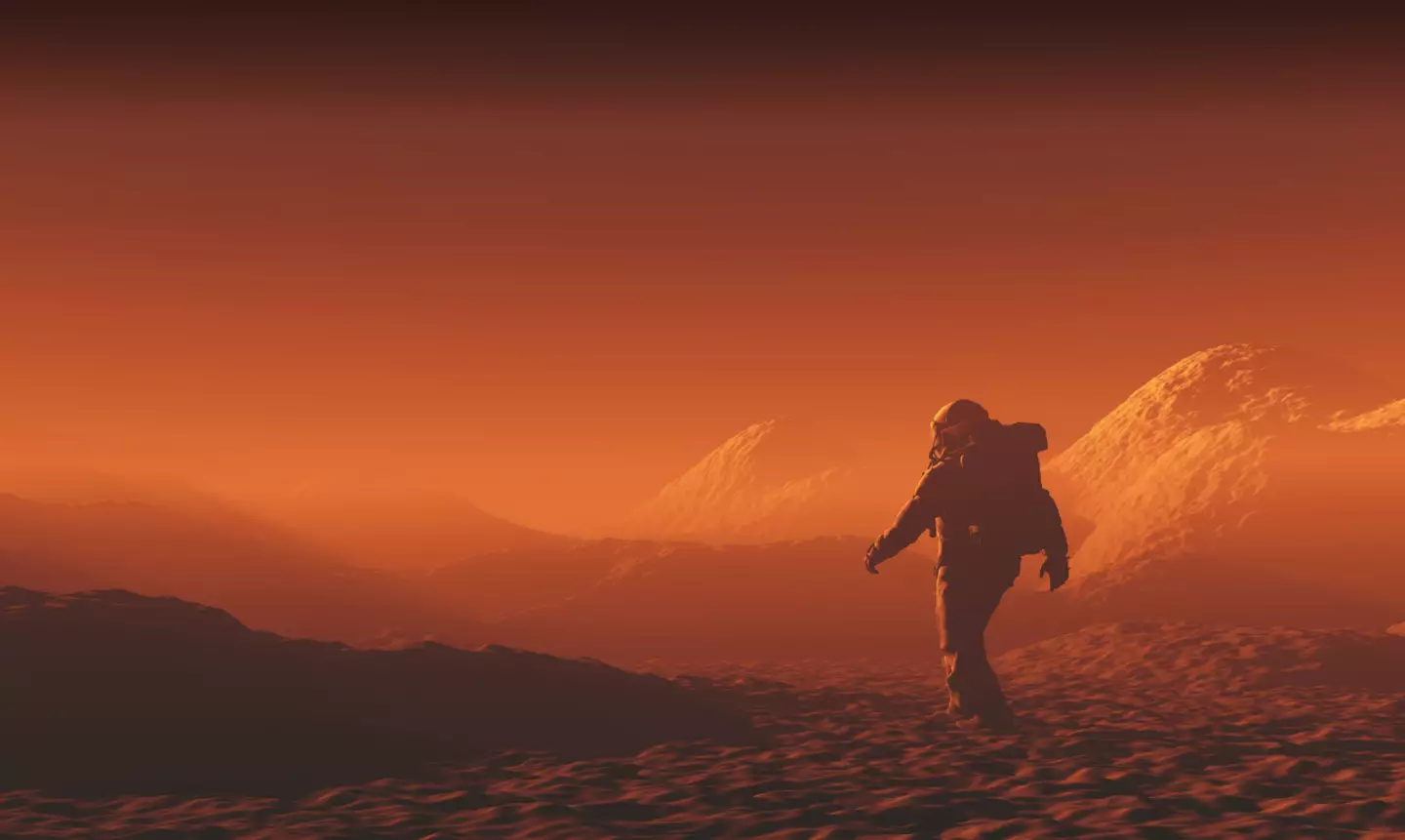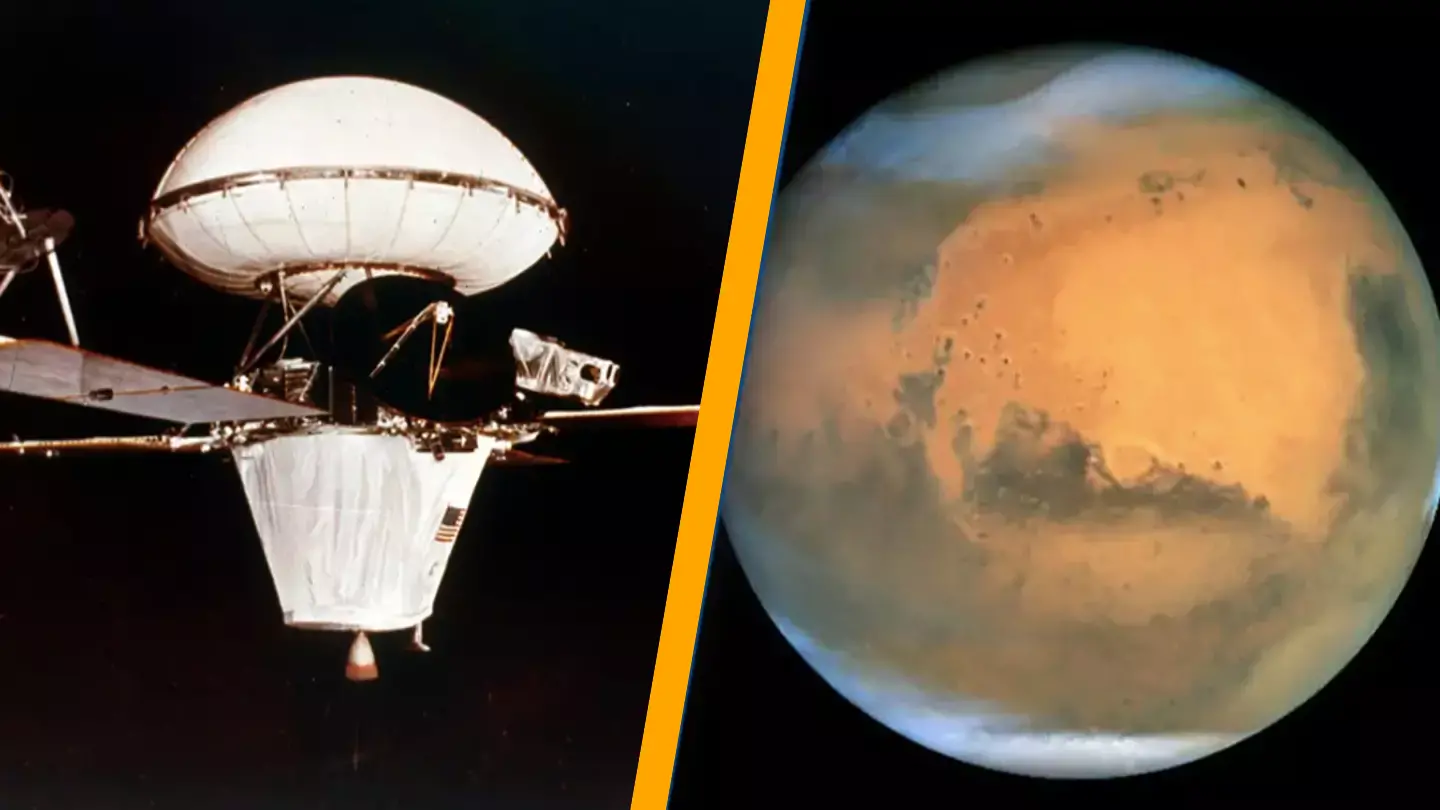The quest to discover life on Mars has captivated researchers for many years. However, was there a significant setback in this pursuit several decades ago?
One theory, proposed by a scientist, suggests that NASA might have inadvertently destroyed Martian life during the 1970s. Dirk Schulze-Makuch, an astrobiologist from the Technische Universität Berlin, has put forward this hypothesis.
During NASA’s Viking 1 mission in 1976, two spacecraft were sent to Mars to carry out experiments. These involved combining water and nutrients with soil samples from the planet. At the time, it was assumed that Martian life would require liquid water, much like life on Earth.
Though initial findings seemed to suggest the possibility of life on Mars, the results are now thought to have been false positives, as reported by Space.com.

Schulze-Makuch posits that the Viking 1 experiments might have discovered life on Mars and inadvertently eliminated it due to the water-based methodology used. He suggests that Martian life may depend on salt deposits, similar to organisms in Earth’s driest areas, such as the microbes found in Chile’s Atacama Desert.
In an article for the journal Nature, Schulze-Makuch noted, “In hyperarid environments, life can obtain water through salts that draw moisture from the atmosphere. These salts, then, should be a focus of searches for life on Mars.”
“The experiments performed by NASA’s Viking landers may have accidentally killed Martian life by applying too much water.”
This hypothesis challenges the previous assumptions made by NASA scientists in the 1970s, which stated that liquid water is necessary for life to exist.

Schulze-Makuch further explained, “If these inferences about organisms surviving in hyperarid Martian conditions are correct, then rather than ‘follow the water,’ which has long been NASA’s strategy in searching for life on the Red Planet, we should in addition follow hydrated and hygroscopic compounds — salts — as a way to locate microbial life.”
The scientist also suggested a novel approach using simple table salt to create a brine that could sustain certain bacteria, which might also be applicable to potential Martian life forms.
In a conversation with Space.com, he remarked, “The main salt on Mars appears to be sodium chloride. Which means this idea could work.”
As the quest to find extraterrestrial life continues, NASA and Elon Musk are advancing their plans to send humans to Mars.

